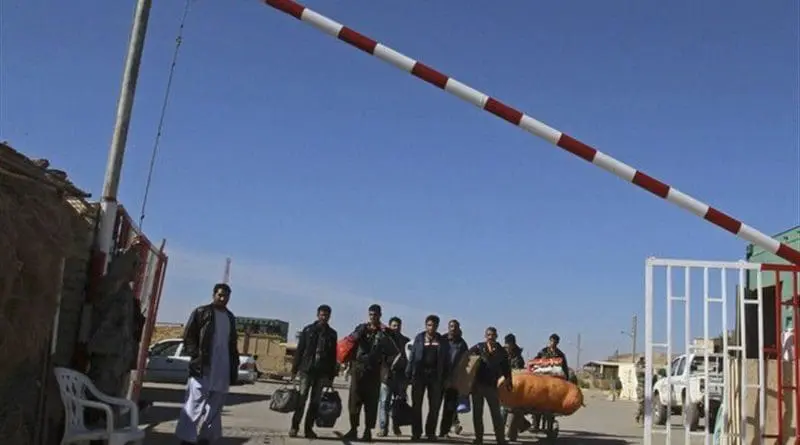Taliban Seizing Key Border Crossings Of Afghanistan – OpEd
In addition to militarily taking control of key districts throughout the country, the Taliban is cutting off the key revenue sources to the Afghan government by taking control of important border crossings that serve as dry ports for good shipped overseas. Taliban now controls three of Afghanistan’s eight dry ports, including two on the border with Iran.
In the past 24 hours, the Taliban took control of the Islam Qala and Turghundi border crossings, both in Herat province and bordering Iran. The Taliban seized the Shirkhan Bander crossing in Kunduz province which borders Uzbekistan two weeks ago, and has maintained control of the crossing.
Afghan forces protecting all three dry ports put up little resistance. In all three instances, the Afghan security forces and customs officials abandoned their posts and fled across the border.
There are eight dry ports in Afghanistan, two of which are inland and located in Kabul City and Mazar-i-Sharif (Hairatan Dry Port). The other three dry ports, Torkham in Nangarhar, Aqeena in Faryab, and Spin Boldak in Kandahar are currently under government control. However, heavy fighting has been reported in Spin Boldak district and the Taliban is slowly advancing on the Spin Boldak crossing.
The dry ports are major sources of revenue for an impoverished Afghan nation. The Islam Qala Dry Port generates an estimated US$20 million a month.
The security situation has deteriorated rapidly since President Biden announced the withdrawal of US forces from Afghanistan on 14th April 2021.
At present, Taliban control 204 districts and contests another 124 districts, according to the real time assessment by FDD’s Long War Journal.
Prior to the Taliban’s offensive, which began in earnest on 1st May 2021 – upon expiration of the date that the US government originally committed to completing its withdrawal under the Doha Agreement – the Taliban controlled only 73 districts and contested another 210.
| Afghan Districts | As of May 1, 2021 | As of July 5, 2021 |
| Taliban Controlled | 73 | 204 |
| Contested | 210 | 124 |
| Government Controlled | 115 | 70 |
The Taliban’s strategy of seizing rural districts has not only allowed it to surround major cities and put pressure on population centers, it has also enabled it to squeeze the Afghan government’s revenue from goods crossing the border.

